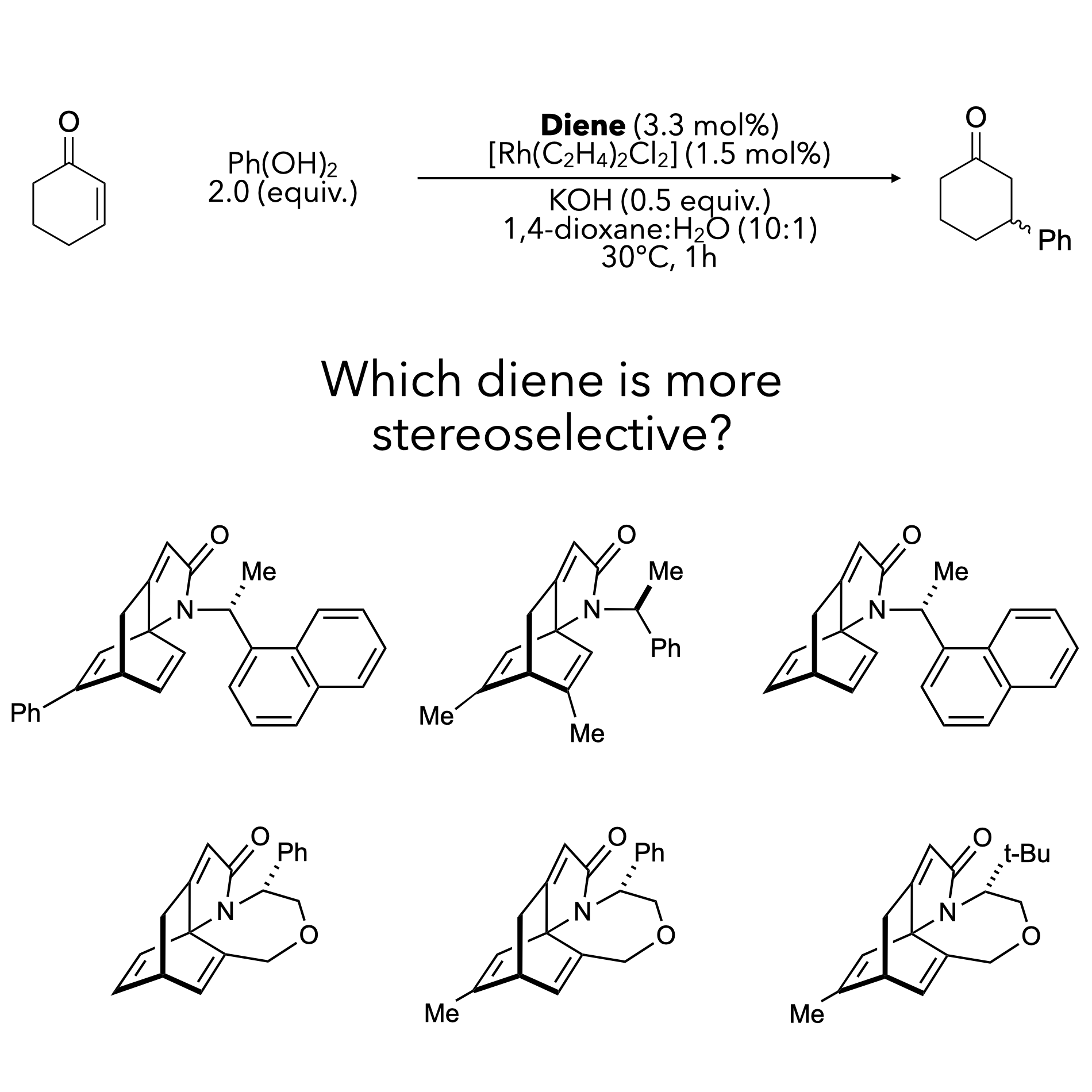Research Overview
My research leverages machine learning (ML),
specifically Graph Neural Networks (GNNs), to
revolutionize the way we optimize chiral ligands in asymmetric
catalysis. Traditional ligand design is time-consuming, involving the
manual synthesis and testing of numerous ligand variants. By
integrating data-driven approaches, my work
accelerates this process, reducing both the cost and effort required
to achieve high enantioselectivity.
In particular, I focus on the
development of interpretable AI models, like
HCat-GNet, which predict the outcomes of catalytic
reactions based on molecular structures. This approach not only
enables rapid ligand optimization but also provides valuable insights
into how different molecular features influence reaction selectivity,
facilitating human chemists in designing better catalysts.
My research has broad implications for the catalysis community,
offering a faster and more accurate pathway to
catalyst discovery and optimization. By automating the design process,
I aim to make these cutting-edge tools accessible to chemists, driving
innovation in sustainable chemistry and
pharmaceutical synthesis.
